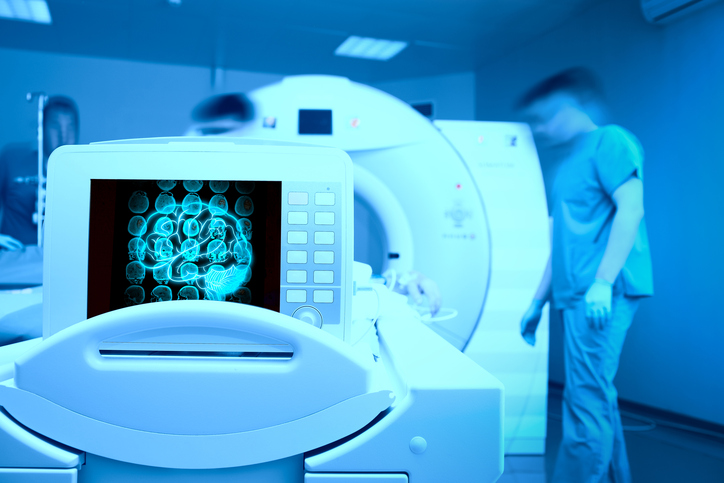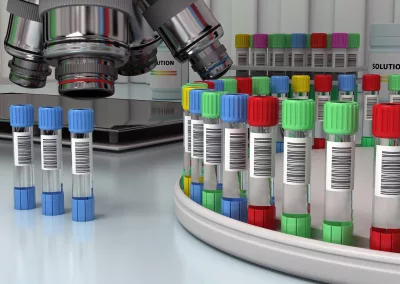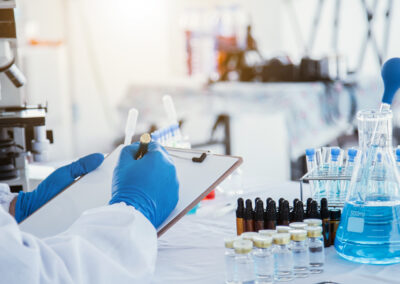The COVID-19 pandemic has changed the world by disrupting global supply chains and impacting human health. This has severely affected diagnostic medical device manufacturers to meet the In Vitro Diagnostic Regulation (IVDR). While rolling timelines have been announced, there are specific requirements medical device manufacturers must meet to obtain a new CE certification.
A hurdle many manufacturers may face when implementing the new regulations and attempting to register for a new CE mark is the need for certification by a notified body. The notified body will need to review all technical documentation before issuing a certificate for class C, class D, self-testing devices, and point-of-care devices. Other courses will be subject to random sampling by device group, and the sample utilized to assess the product’s overall state of compliance. However, it’s important to note the manufacturer does not have the option to choose which files are presented to the notified body, and all the files will be reviewed over five years.
The shift to a rule-based classification system has been one of the significant changes in the transition from the in-vitro medical device directive to the in vitro medical device regulation. These classifications are based on the device’s intended use and include software. All IVDs are subject to reclassification with no direct relationship between the old type and the new one.
IVD’s currently on the market with a CE mark issued under IVDD are required to obtain a new CE mark through IVDR. The period in which the transition must occur varies based on the device classification.
Clinical performance testing is required to obtain CE certification. This can be demonstrated through multiple routes, including routine testing, studies, and peer-reviewed literature. Performance Evaluation reports (PERs) are likely to face a high degree of scrutiny by regulators. They will need to be updated periodically to support the clinical benefits and utility of the IVD continuously.
The transition to IVDR is inevitable. The sooner manufacturers begin the change, the easier it will be for them to ensure they have all the proper documentation and comply with the requirements for a CE mark. EMMA International can help ensure all documentation is compliant with the new regulations. For more information, contact the experts at EMMA International by phone at 248-987-4497 or by email at info@emmainternational.com.





